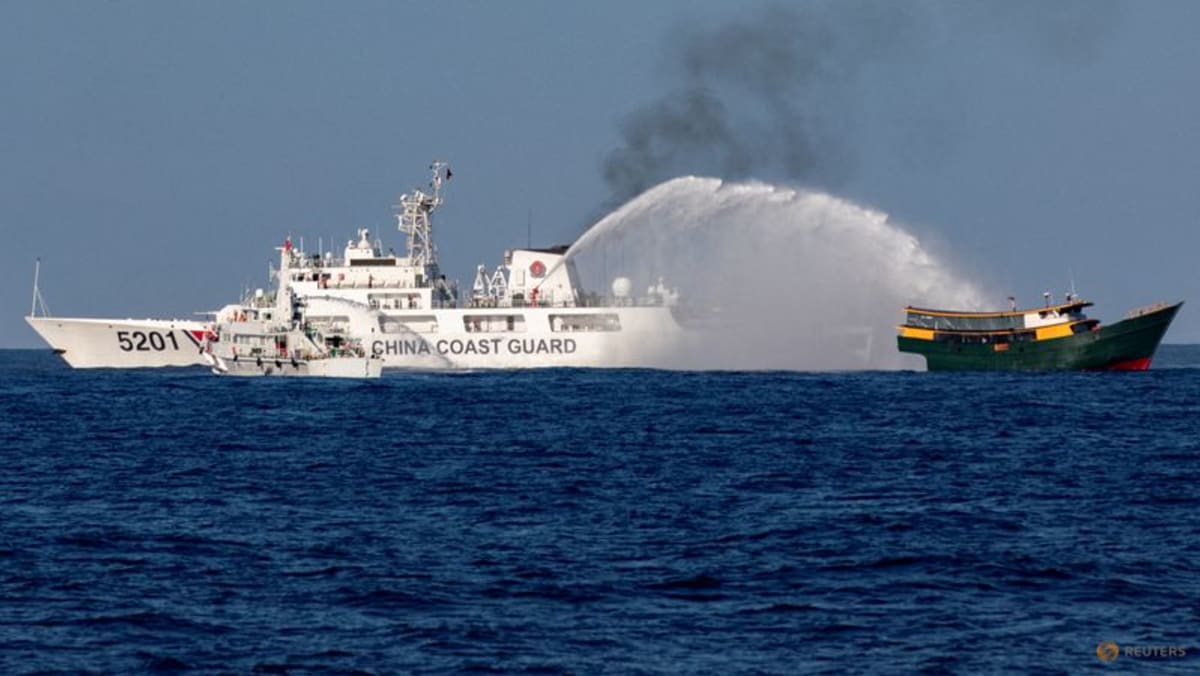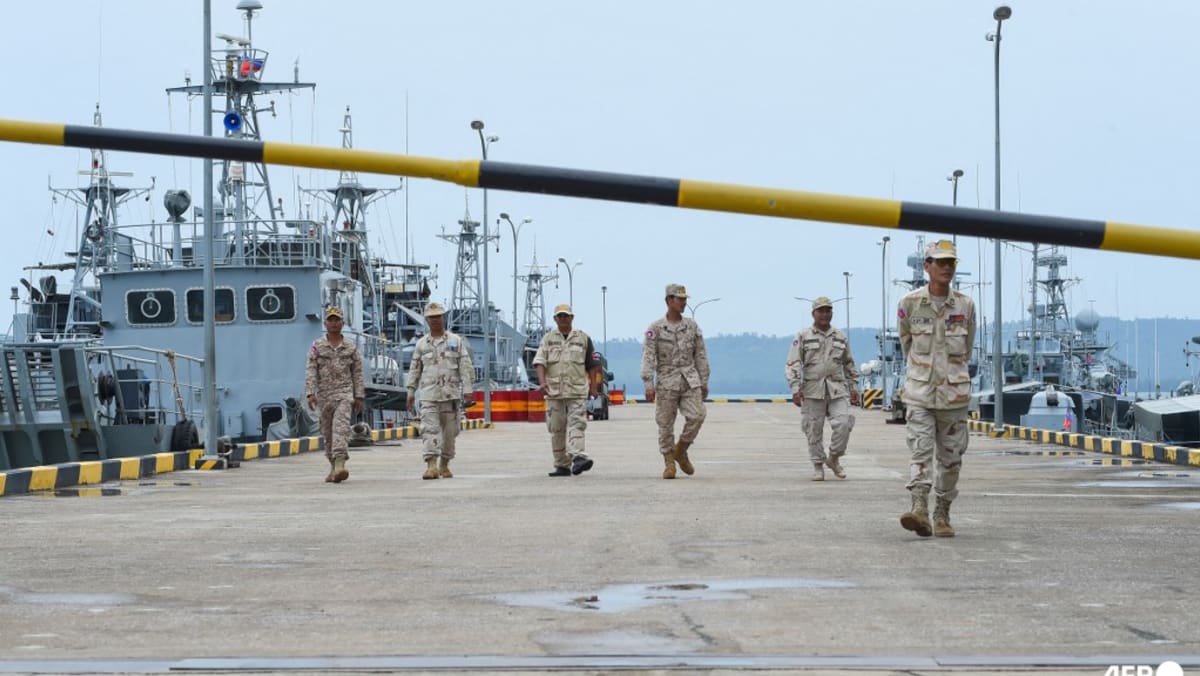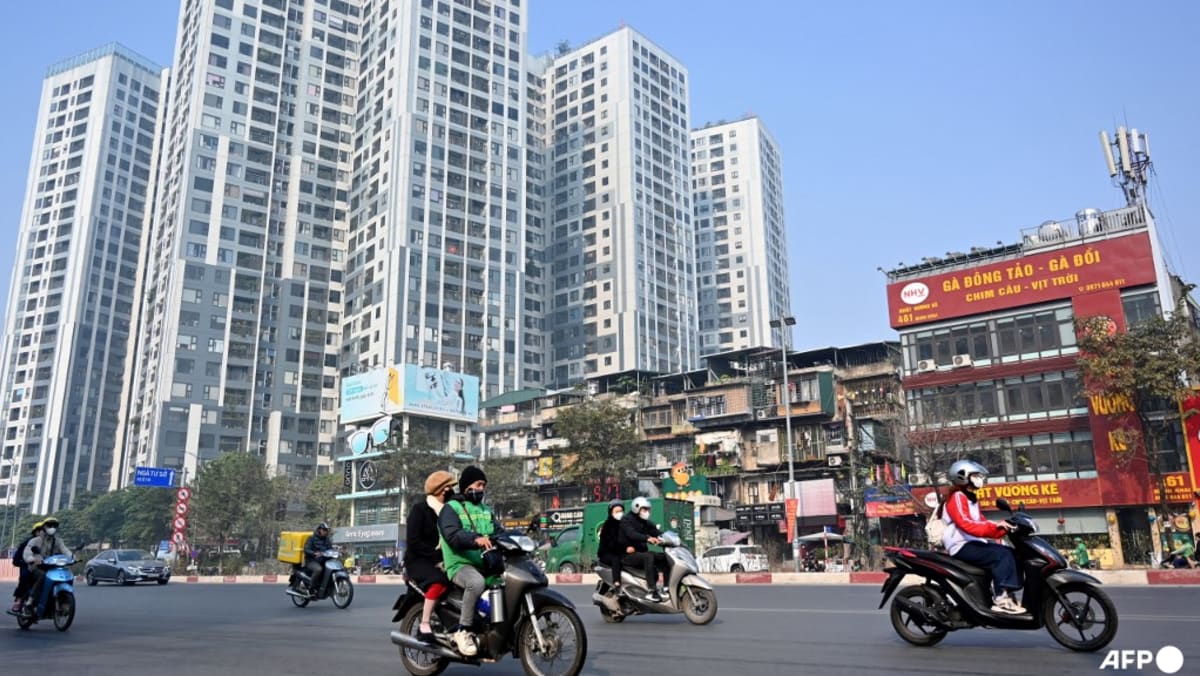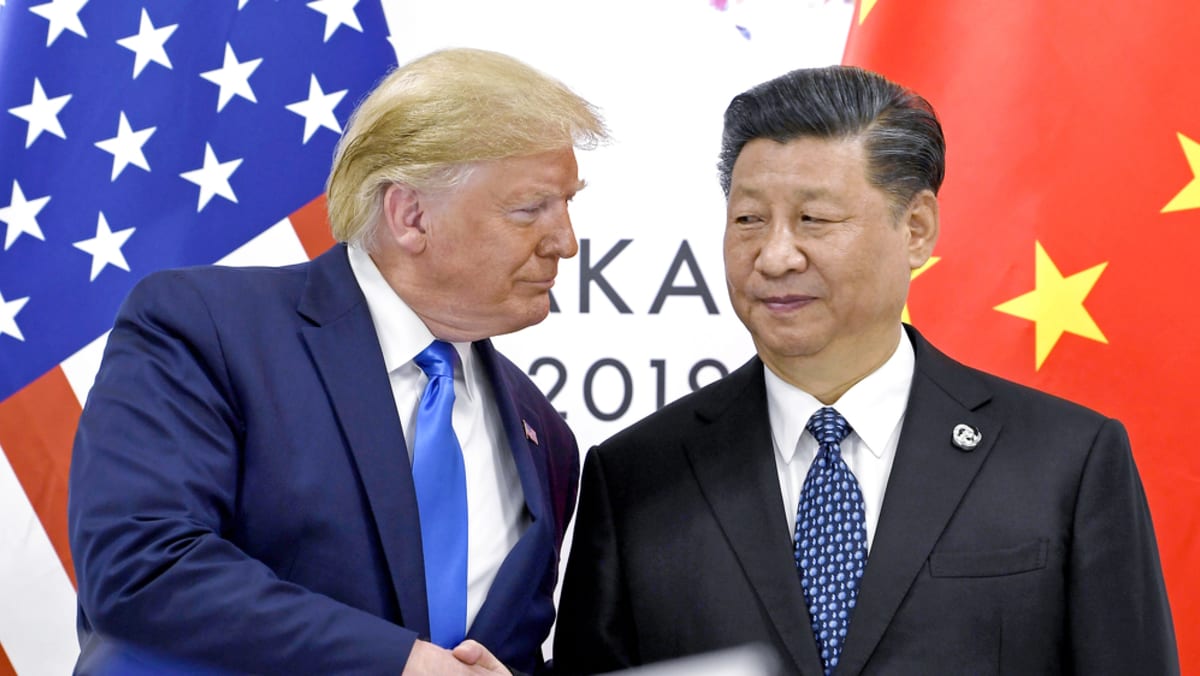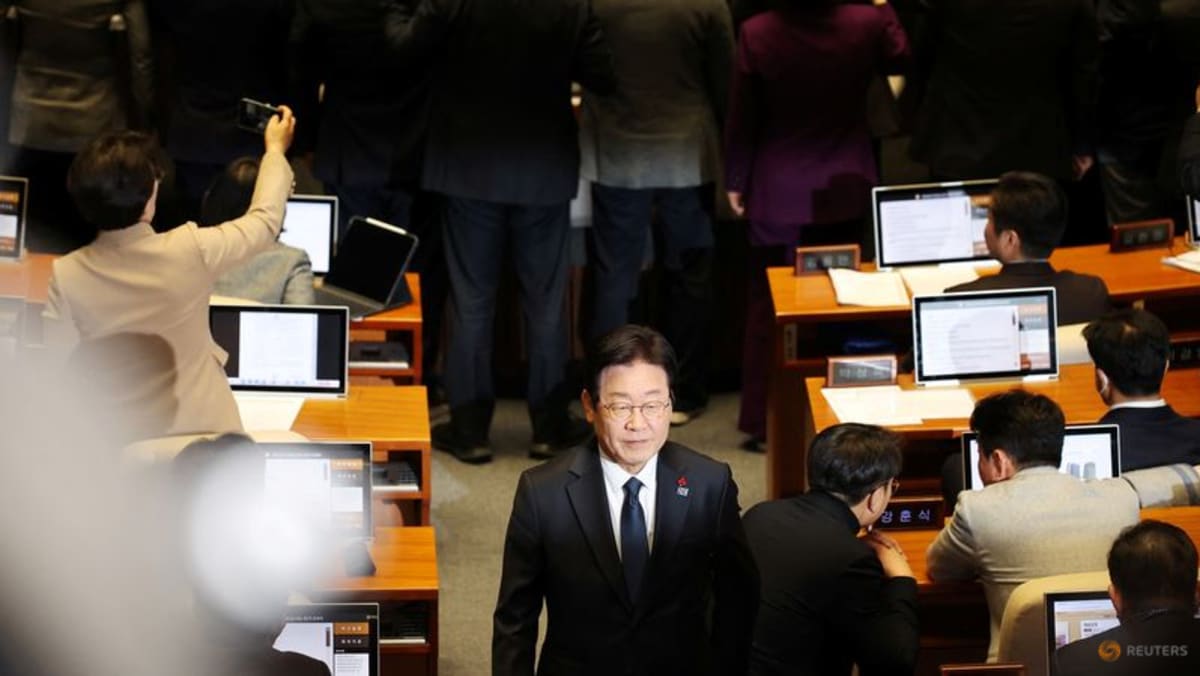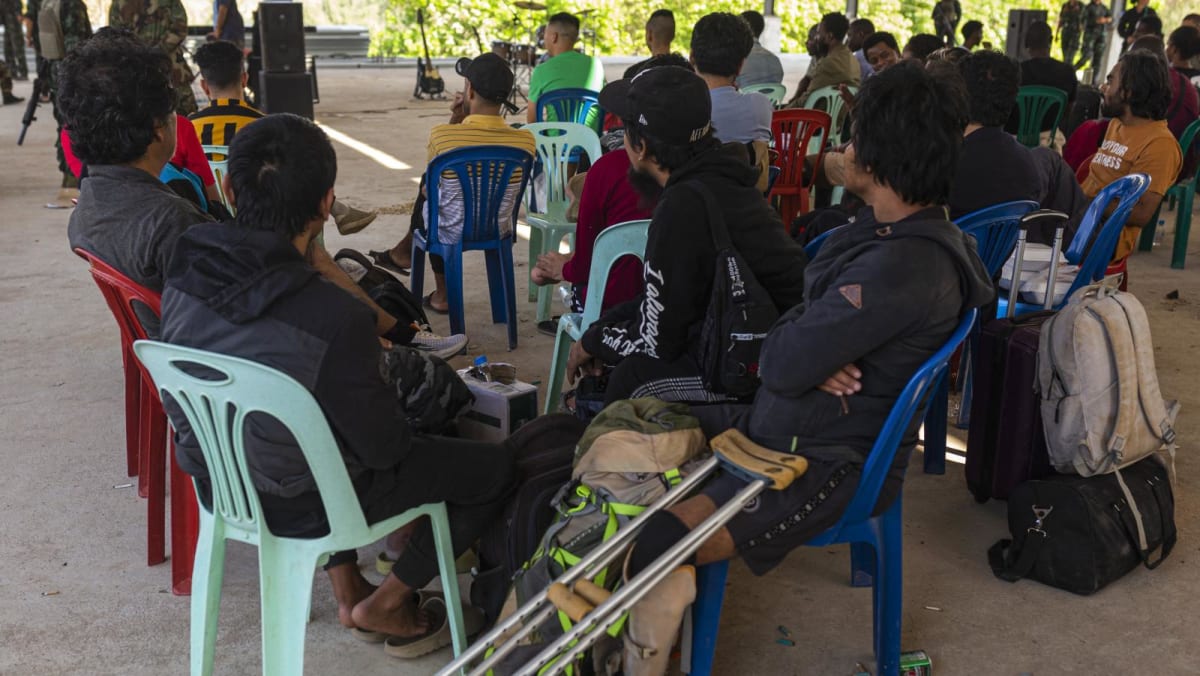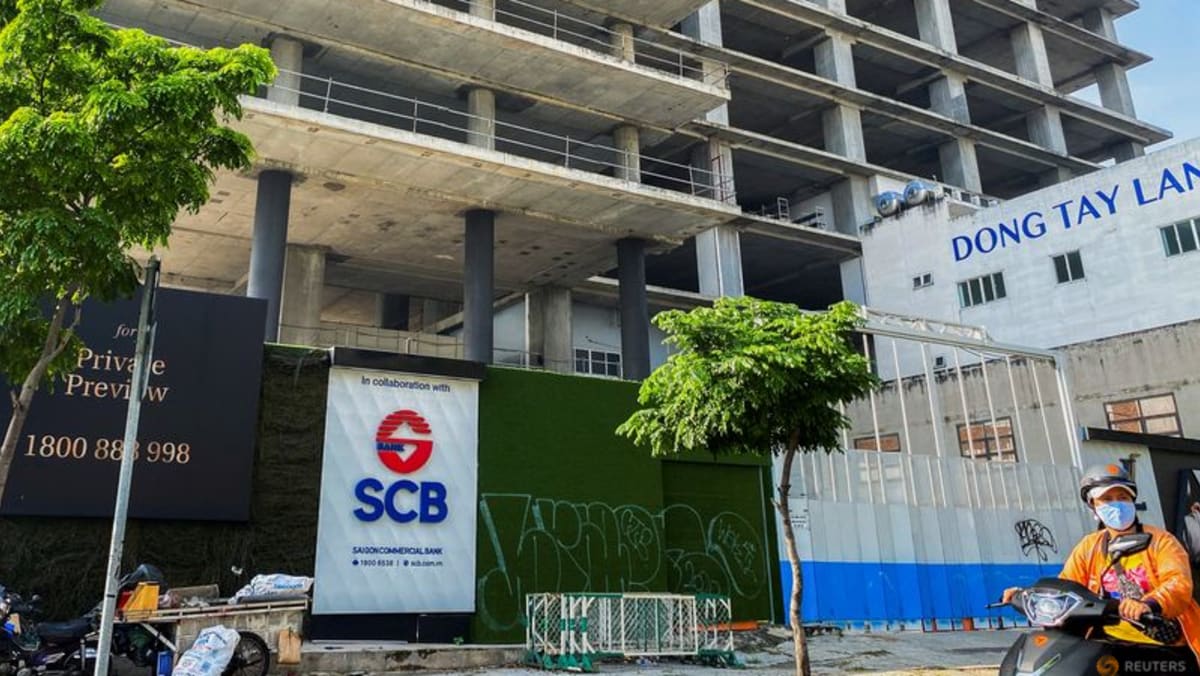OTHER ISSUES TO WATCH IN 2025
How about elsewhere in the South China Sea?
The CCG will keep on harassing fishing boats, survey ships and drilling platforms in the EEZs of the other claimant states. But they will not give in to Chinese pressure to recognise its nine-dash line claims.
Nor will they engage in serious discussions with China over joint development of resources, even though Malaysia, Brunei, and in 2024 for the first time, Vietnam and Indonesia, have all strung China along by intimating they might. After all, there is little reason for them to share what legally belongs to them with China, whose nine-dash line a United Nations-backed legal tribunal ruled in 2016 was unlawful.
One issue that bears watching in 2025 is whether China will push back against Vietnam’s extensive land reclamations in the Spratlys, now totalling nearly half the area China itself reclaimed to build its seven artificial islands in 2013 to 2016. If Vietnam builds landing strips on those features, it will be able to project air power much further into the South China Sea.
So far, China has remained silent, at least publicly. That may be because it does not want to disrupt political ties with Vietnam which have been developing quite amicably. Or it may be that it does not want to pick a fight with Vietnam at a time when it has its hands full with the Philippines. Or it could be that Vietnam has been spared China’s wrath because it is not a US ally. Time will tell whether Beijing’s forbearance with Hanoi will last.
Perhaps the least consequential issue to watch in the South China Sea this year will be the negotiations between ASEAN and China for a Code of Conduct.
Talks have been dragging on since 2014. Although the two sides have gone through three readings of the draft code – each reading representing a full review of the text from start to finish – they have failed to make headway on the most difficult issues: Its geographical scope, whether it should be legally binding, and the relationship between the 2002 Declaration on the Conduct of Parties in the South China Sea (DOC) and the future COC.
As such, ASEAN Secretary-General Kao Kim Hourn’s prediction that the code will be finalised in 2025 is utterly unrealistic.
Absent any kind of credible conflict management mechanisms, what we can expect to see this year in the South China Sea is more ramming, water cannoning, harassment, military posturing, arms buying and terraforming.
In other words, business as usual.
Ian Storey is Senior Fellow at ISEAS – Yusof Ishak Institute. This commentary first appeared on ISEAS – Yusof Ishak Institute’s blog, Fulcrum.





